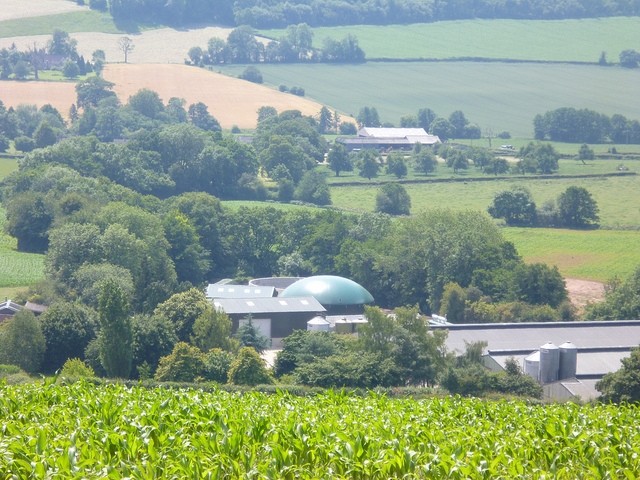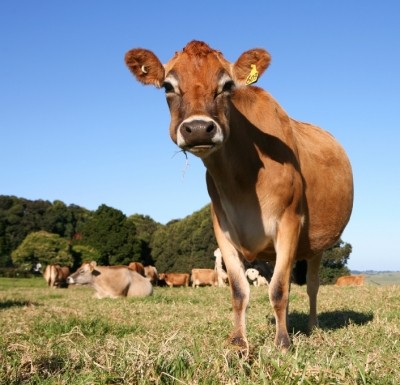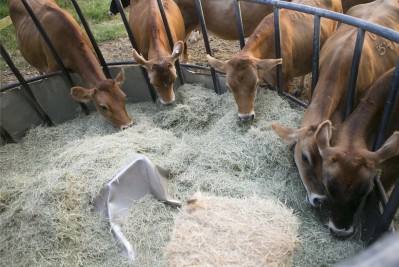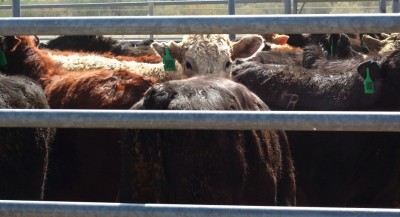Cattle feed or biogas? Crop-fed anaerobic digestion creates competition for animal feed supplies

“Our findings suggest that the percentage of crops fed into an anaerobic digestion (AD) unit should be limited to avoid conflict with animal feed production,” Dr David Styles, lecturer in life cycle assessment at Bangor University, told FeedNavigator. “Diverting fodder crops to AD could lead to increased imports of concentrate feed, possibly leading to land use change in other parts of the world, including conversion of forests and grasslands to make way for wheat cultivation – worst case effects would be deforestation in Brazil and loss of native grassland in Argentina to produce soy-based feeds.”
Win-win situation
On farm AD gives dairy farmers an option for managing manure and food waste whilst reducing greenhouse gas emissions generating renewable energy from captured biogas.
Farm-scale AD is an established technology in India, China, Germany, Austria, Switzerland and Sweden. In Germany there are estimated to be over 7000 AD plants, partially fed by purpose-grown crops.
So far, the use of AD to manage manures and food wastes is rare in the UK, with only 45 plants using agricultural residues. However, record high energy and fertiliser prices coupled with feed-in-tariffs (FITs) of up to £0.15 per KWh of biogas electricity are providing an incentive to dairy farmers, and over 100 plants are planned or in construction in the UK.
The problem with this, according to Dr Styles, is that typical dairy farms are too small for AD to be economically viable because of the capital investment costs.
“Perhaps for a 400-500 cow dairy, AD begins to make economic sense if biogas is used in a combined heat and power plant to generate electricity that earns FITs,” he said.
For this reason, he said the majority of feedstock going into farm AD units in the UK so far was crops.
“Crops such as maize produce higher biogas yields per tonne than slurries and food waste, thus increasing FIT income per m3 AD unit capital investment,” he explained.
Pushing up land rental prices
He said there was anecdotal evidence that this was increasing land rental prices in areas of forage feed production.
“A 1MW AD unit requires approximately 500ha of land producing maize, so areas required can be locally significant, especially if a number of dairy farms are located nearby.”
These concerns led DEFRA, the UK government’s department for environment, farming & rural affairs, to commission the University of Bangor to evaluate the environmental and economic implications of farm-scale AD.
The study, published in Global Change Biology Bioenergy, suggested that the environmental effects of on-farm AD is strongly dependent on the type of feedstock used.
“Biogas production from bioenergy crops is environmentally detrimental and should be avoided – alternative bioenergy crops such as miscanthus heating pellets offer much greater greenhouse gas mitigation potential,” wrote the researchers.
The researchers conceded that there may be an argument for limited inclusion of crop feedstocks to iron out slurry availability troughs in summer when cows are grazing and to boost FIT income from electricity.
They suggested that shared plants could be the best approach to achieving AD of farm wastes as the as “economies of scale could make good design and management economically viable”.
Source: Global Change Biology Bioenergy
doi: 10.1111/gcbb.12189
“Cattle feed or bioenergy? Consequential life cycle assessment of biogas feedstock options on dairy farms”
Authors: David Styles, James Gibbons, Arwel Prysor Williams, Heinz Stichnothe, David Robert Chadwick and John Robert Healey












